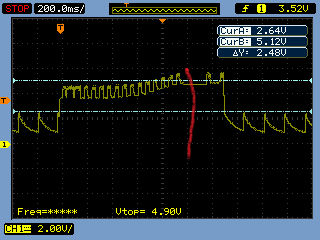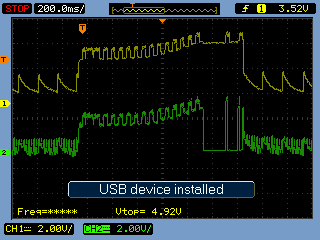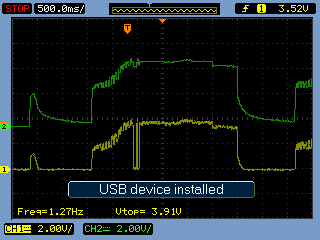Hello,
I am currently trying out the bq51050BEVM-764 for a project where there are heavy size constraints. We previously used another Qi RX chip from another manufacturer but this chip was way too complex for our purpose and it took too much useful space on the board. Because of the size constraints, we are using a WR121210-27M8-ID coil from TDK. The main reason behind this design choice is because it is very thin. Some of the parameters of the coil worry me however: the inductance is rather low for the diameter of the coil and the resistance is also quite high. This even causes Q to be around 55, lower than the required 77 from the Qi standard. However, the manufacturer of the coil ensured us it would work for Qi charging and this was already validated using the previous Qi RX chip.
I removed the original coil from the EVM, soldered my new coil to it and replaced the tuning caps. Tuning caps are chosen to be Cs = 288nF and Cd = 2.8nF, based on simulations performed in LTSpice. I also changed the COM caps to 68nF as was suggested is some other threads.
As the figure below from a measurement on VRECT suggests, there is some communication but then the voltage drops again. This figure is from a measurement without a battery connected, another measurement with battery showed the same curve, only the voltage dropped earlier: around the moment that the curve from this plot becomes flat before the two last spikes.
Is there an explanation for the almost triangluar waveform before and after the increase in VRECT?
Could the parameters of the coil be the reason why the charger does not start charging the battery? As we only have a small battery, the Ibulk is set to 100mA with a termination current of 20%. Is this too low for accurate operation?
Best regards,
Wout




